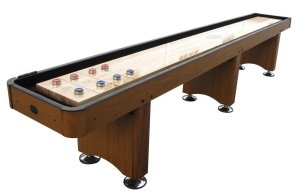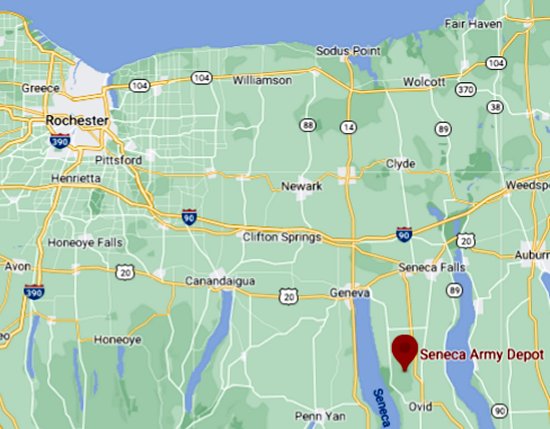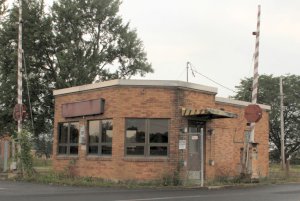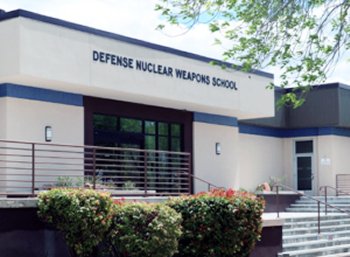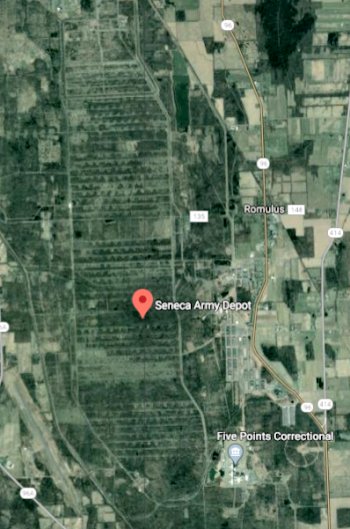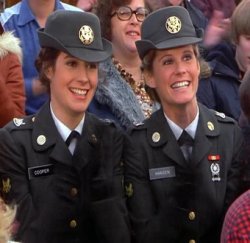Winter life at SEAD. Continue reading
This will probably be the most boring blog entry of all. Life at SEAD in the winter, especially as contrasted with SBNM, was not very interesting. In the three months that I was there, snow covered the ground every day. Much time needed to be killed, and few good weapons were available
I do not recall watching any television. There might have been a television somewhere in the barracks, but I don’t remember it. I did not have a radio or stereo. I remember seeing no movies. I don’t think that the base had a theater, and I had no transportation.
I did not locate even one person who knew how to play bridge.
I worked days, but nearly everyone else worked shifts. I had nights and weekends off, but I never was too certain who else would be off. So, there was no one with whom I regularly hung around. I spent no evenings in my room unless my roommate was working the swing shift. I stayed out of his way, even on weekends.
On the base; The center of activity at SEAD was the USO club. I played some ping pong there and more than a little eight-ball at the pool table. My favorite game was table shuffleboard, which I had never even seen before. The playing area was a flat piece of wood about two feet wide and maybe fifteen feet long. The smooth surface was varnished. Playerswas sprinkled particles silicone that everyone called “wax” to eliminate sticky spots on the wood. The table was supposed to be flat, but SEAD’s had a slight warp at one end.
Four weighted pucks were provided for each of two players. One set was red, one blue. Two two-person teams also worked. Pucks were slid from one end to the other, with each side alternating. As in deck shuffleboard, the idea was to knock opponents’ pucks off and leave yours in the scoring area.
It was a mindless game, but I enjoyed it. I got to be pretty good at it after a while.
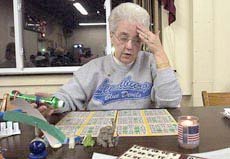
The other big attraction at the USO was the bingo games. They were held in the evening once or twice per week. There was no charge, but you could only play one card. The winner of each game took home a small item from the PX. A typical prize was a pair of socks or a tube of toothpaste. I played as often as I could, which was probably every time.
The competition was fierce. I never won anything, until the last evening game in April before my ETS. We played at least five or six games that evening, and, to my surprise and delight, I won every game, a feat no one had even come close to accomplishing.
I retired undefeated. In the ensuing forty-nine and a half years I have never even considered playing bingo again.
SEAD had one unique attraction, a herd of white deer1 that lived within the security fences. They were visible throughout the base, even in the busiest areas. Some would boldly walk right up to people. Since they tended to breed, there were no natural predators, and no other animals competed for their food supply, their population sometimes was deemed excessive.
I had heard that the military had tried to address this issue by rounding up a few dozen of them—don’t ask me how. The soldiers loaded the deer onto trucks for release outside of the base. Reportedly nearly all the captured deer somehow made their way back into the base. Either they leapt over the fences or they snuck through the gate or a hole in the fence. The Reds had never been able to penetrate the base’s security, but the whites evidently had little difficulty.
At some point the brass decided that the best approach was to allow soldiers who had volunteered to participate to hunt the deer for one day of the year. For obvious reasons, I hesitate to call this the “Final Solution”. The massacre for 1971 occurred while I was there. I did not participate, but I saw a few guys dressed like Elmer Fudd and armed with M16s that were accurate to 300 meters. They were allowed to shoot only a limited number; it might have been as few as one per soldier.
I did not participate. Most of these deer were as friendly as the animals at a petting zoo. I don’t understand how anyone could enjoy slaughtering them.
The official chaplain for all of SEAD was a Catholic monk based in Seneca Falls. This was a very peculiar arrangement. Most chaplains were career Army officers. This one had fairly long curly black hair and a beard. I visualize him in sandals. However, there was always snow on the ground, and so that must be wrong. He definitely wore a brown monk’s robe. I am not sure which order he belonged to. I also don’t remember his name, but it was Italian and ended in “o”. He claimed that the Italian names that ended in “i” were from northern Italy’s wealthy families.
He was not a bit like the other Army chaplains. He often circulated around tables at lunch or supper and talked with guys. He enlisted me to conduct weekly religion classes for the local eighth graders. They did not like me very much. Their previous teacher had taken them bowling, and they wanted me to do the same. I put the kibosh on that ideas. I only had four or five weeks with them and a syllabus. Besides, I did not have the wherewithal to take them anywhere.
Off of the base: The chaplain invited me up to his house once. We listened to a few of his albums, including Bernstein’s Mass. Then he drove me back to the base. Don’t read too much into this. It was an innocent evening.
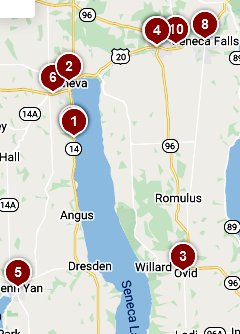
I left the base one other time. A bunch of us went to a bar in Romulus. It might have been the bar in Romulus. It featured a coin-operated pool table. People—some locals, some soldiers—were playing nine-ball on it. I watched, but I had no intention of spending money to lose at nine-ball. I could do that for free at SEAD.
I sipped a beer and sat around talking to some of the MPs. It killed an evening, which was the objective of any activity on SEAD in the winter. It was not enjoyable enough to merit a return trip.
On a Friday or Saturday evening my roommate, the weightlifting champion from Texas, and a couple of buddies from his platoon made a road trip to Geneva. They attended a mixer at one of the colleges there. I did not join them. When my roommate returned to the room a little after midnight, he was extremely irate. I asked him what the problem was. He explained that he had gotten into a scuffle with a group of five college guys. He was upset that his friends walked away from the encounter. As a result, he ended up fighting all five guys by himself.
I sympathized and said, “Wow, fighting five guys! Those are not good odds.”
“Oh, I handled them all right. I’m just mad at those MPs. What a pair of pussies!”
1. This is the largest herd of white deer in the world. They are not albinos. In 2020 the white deer are still thriving on the abandoned depot.

